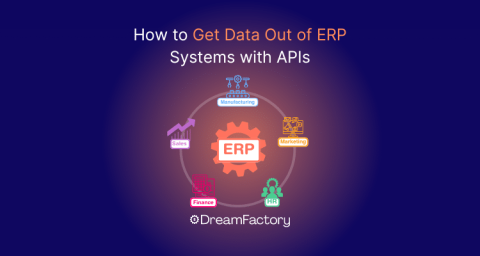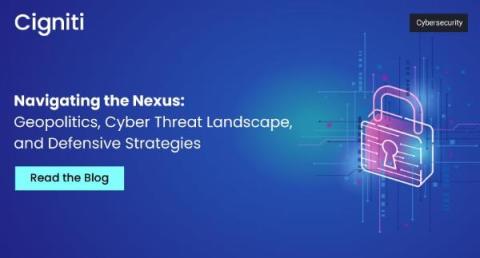How to Improve Automation with Process Mining and RPA
For organizations looking to automate processes for better performance, a combination of RPA and process mining can help. Let’s take a step back to understand why. Automation that’s implemented without data-backed decisions often yields poor results. And data without action leads nowhere. To get the most out of any technology investment, you have to be sure you're using the right combination of tools and techniques.











